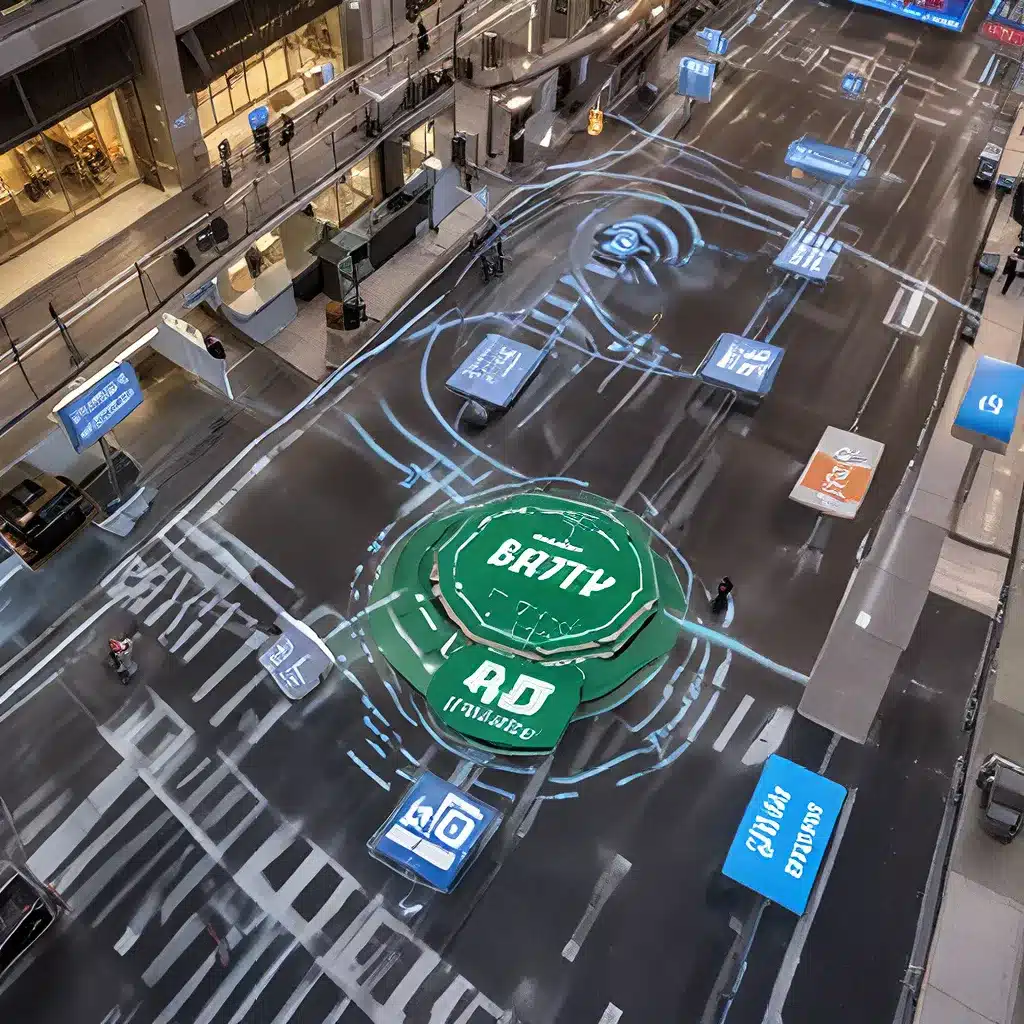
The Internet of Things (IoT) has revolutionized the way we interact with the world around us. At the heart of this transformation lies the intricate network of sensors that collect, transmit, and analyze vast amounts of data. As the IoT ecosystem continues to expand, the need for seamless interoperability between these sensors has become increasingly crucial. One technology that has emerged as a key enabler of this interoperability is Radio Frequency Identification (RFID).
Bridging the Gap: RFID in IoT Architectures
RFID technology has long been recognized for its ability to facilitate automatic identification and data capture. By embedding RFID tags in physical objects, these tags can be wirelessly detected and their associated data can be transmitted to a central system. In the context of IoT, this capability becomes particularly valuable.
IoT architectures typically consist of several layers, including the perception layer, network layer, middleware layer, application layer, and business layer. The perception layer, which encompasses the physical sensors and devices, is where RFID integration can have a profound impact. By integrating RFID readers and tags into IoT devices, sensor data can be seamlessly captured and transmitted through the various layers of the IoT ecosystem.
Figure 1: A Generic IoT Architecture
Enhanced Sensor Interoperability
One of the key challenges faced by IoT systems is the heterogeneity of the devices and sensors involved. Each sensor may have its own communication protocols, data formats, and integration requirements, making it difficult to establish a cohesive and interoperable network. RFID technology can help overcome this challenge by providing a standardized communication interface between sensors and the broader IoT infrastructure.
By integrating RFID into IoT devices, sensor data can be seamlessly encoded, transmitted, and decoded using widely adopted RFID protocols, such as ISO/IEC 18000 and EPC Global. This standardization not only simplifies the integration process but also enables plug-and-play capabilities, allowing new sensors to be easily added to the network without the need for extensive customization.
Moreover, RFID-enabled IoT devices can leverage unique identifiers associated with RFID tags to uniquely identify and track the physical objects they are monitoring. This integration of physical and digital identities is a crucial aspect of the IoT, enabling the creation of digital twins and facilitating more advanced data analytics and decision-making.
Enhancing IoT Applications
The integration of RFID technology into IoT architectures has the potential to enhance a wide range of IoT applications, from supply chain management and asset tracking to smart cities and healthcare.
Supply Chain Management: By embedding RFID tags in products and logistics assets, IoT systems can provide real-time visibility into the movement and status of goods throughout the supply chain. This helps optimize inventory management, reduce logistics bottlenecks, and improve overall supply chain efficiency.
Asset Tracking: RFID-enabled IoT devices can be used to track and monitor the location and condition of various assets, such as equipment, vehicles, or even valuable personal belongings. This can be particularly useful in industries like manufacturing, transportation, or healthcare, where asset management is critical.
Smart Cities: RFID integration in IoT-powered smart city applications can enable automated parking management, waste management, and traffic monitoring. By tagging vehicles, waste bins, or urban infrastructure, IoT systems can gather critical data and automate various municipal services, improving efficiency and resource utilization.
Healthcare: In the healthcare sector, RFID-enabled IoT devices can be used to track and monitor the location and condition of medical equipment, patient belongings, or even patient movements within a hospital or care facility. This can enhance asset management, patient safety, and workflow optimization.
Security and Privacy Considerations
As with any IoT ecosystem, the integration of RFID technology raises security and privacy concerns that must be addressed. RFID tags, being wireless in nature, can be vulnerable to unauthorized access, eavesdropping, and data manipulation. To mitigate these risks, IoT developers and system architects must implement robust security protocols and encryption mechanisms to protect the data transmitted by RFID-enabled devices.
Additionally, the ubiquitous nature of RFID-enabled IoT systems raises privacy concerns, as the tracking and monitoring of physical objects and individuals can be perceived as an invasion of privacy. IoT providers must ensure that data privacy and user consent are prioritized, aligning with data protection regulations and ethical guidelines.
Towards a Smarter Future
The integration of RFID technology into IoT architectures represents a significant step towards enhancing sensor interoperability and unlocking the full potential of the IoT ecosystem. By leveraging the standardized communication protocols and unique identification capabilities of RFID, IoT systems can achieve greater scalability, flexibility, and efficiency in a wide range of applications.
As the IoT landscape continues to evolve, the seamless integration of RFID and other emerging technologies will be crucial in shaping the future of sensor networks, smart infrastructure, and intelligent decision-making. By embracing this convergence, IoT developers and researchers can drive the advancement of sensor-driven solutions and revolutionize the way we interact with the world around us.
Visit sensor-networks.org to explore more insights and latest developments in the field of sensor networks and IoT.